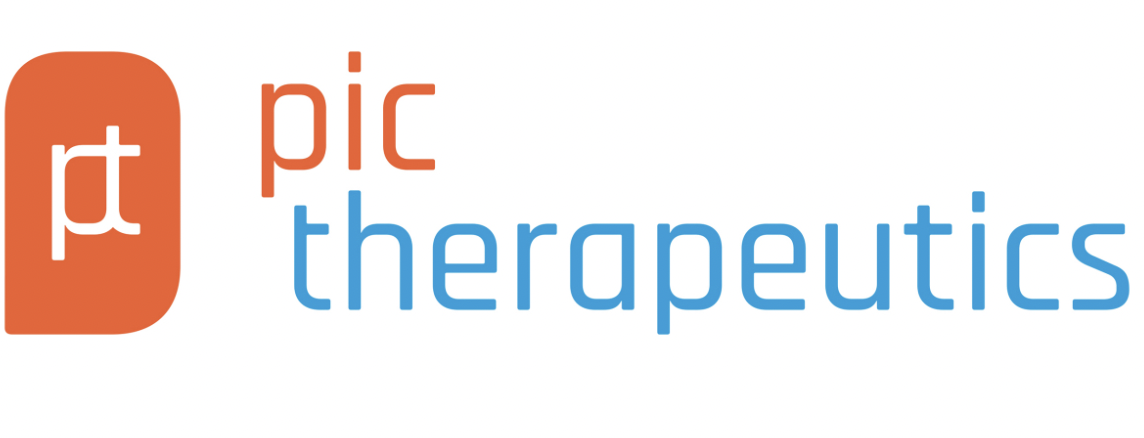In full transparency, the following is a press release submitted to SOURCE via its business wire service.
***
[broadstreet zone=”53820″]
NATICK – PIC Therapeutics, Inc., a biotechnology company pioneering the discovery and development of first-in-mechanism, first-in-class allosteric therapies targeting eIF4E, presented pre-clinical data on the company’s eIF4E program for ER+ breast cancer in a poster at the American Association for Cancer Research (AACR) Annual Meeting 2022 that took place April 8-13, 2022 in New Orleans, LA.
“The preclinical results highlighted in this poster underscore the unique therapeutic advantages of allosterically modulating eIF4E and further demonstrate its potential as a promising strategy for patients with ER+ breast cancer,” said Kathy Bowdish, Ph.D., president and chief executive officer of PIC Therapeutics.
PIC Therapeutics, headquartered in Natick, is targeting a fundamental mechanism at the convergence of many oncogenic signaling pathways, and results in cancer cell death while sparing normal cells.
[broadstreet zone=”59948″]
Allosteric modulation of eIF4E offers many advantages to previous approaches, and simultaneously addresses multiple drivers of pharmacology, allowing our small molecules to truly drive differential CAP dependent translation in target cells.
Importantly, preclinical studies show that PIC compounds modulate, but do not block protein translation. Consistently, our data demonstrate that as many proteins are upregulated as are downregulated as we alter protein complex membership. In ER+ breast cancer lines, PIC compounds upregulate a number of proteins responsible for apoptosis induction, including increases in caspase 3/7 activity along with demonstrated Annexin V binding, while simultaneously downregulating proteins involved in DNA repair. PIC compounds mechanistically modulate cellular proteomes, leading to rapid and significant reduction in cancer cell viability via apoptosis. Inducing apoptosis rather than senescence is an important distinguishing feature of PIC’s approach to this elusive target.
[broadstreet zone=”59947″]
In ER+ breast cancer models, we observe evidence of mechanistic impacts in specific protein biomarkers with PICRN1024, PIC’s lead compound. Specifically aligned with patient data, we observe significant negative impacts on ERα expression, Cyclin D1 expression, CDK4 protein expression and decreases in the level of phospho-Rb. This mechanistic pharmacology helps us understand our impact on cell cycle transitions and correlates with decreases in ER+ breast cancer cell viability. Importantly, we also see simultaneous impacts on multiple mechanisms of breast cancer drug resistance including loss of PTEN, loss of Rb, CDK2, cyclin E, among others. Each of these impacts represent anticipated molecular profiles of ER+ Advanced Metastatic Breast Cancer patient tumors that have developed resistance to CDK4/6 inhibitors.
PIC Therapeutics is therefore uniquely positioned to therapeutically address eIF4E as one of the key drivers of cancer cell survival, uncovering unique mechanisms that may be harnessed for ER+ breast cancer patient benefit, with potential to expand more broadly across other oncology indications.
[broadstreet zone=”59945″]


